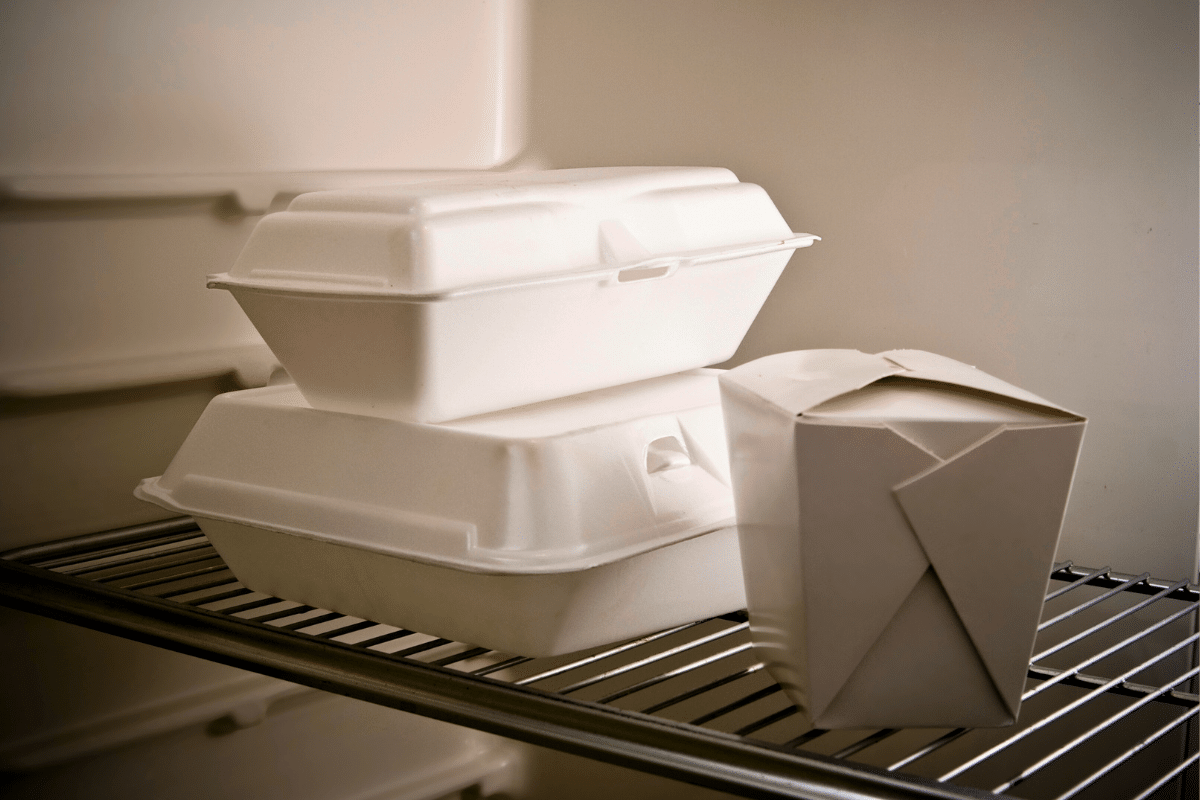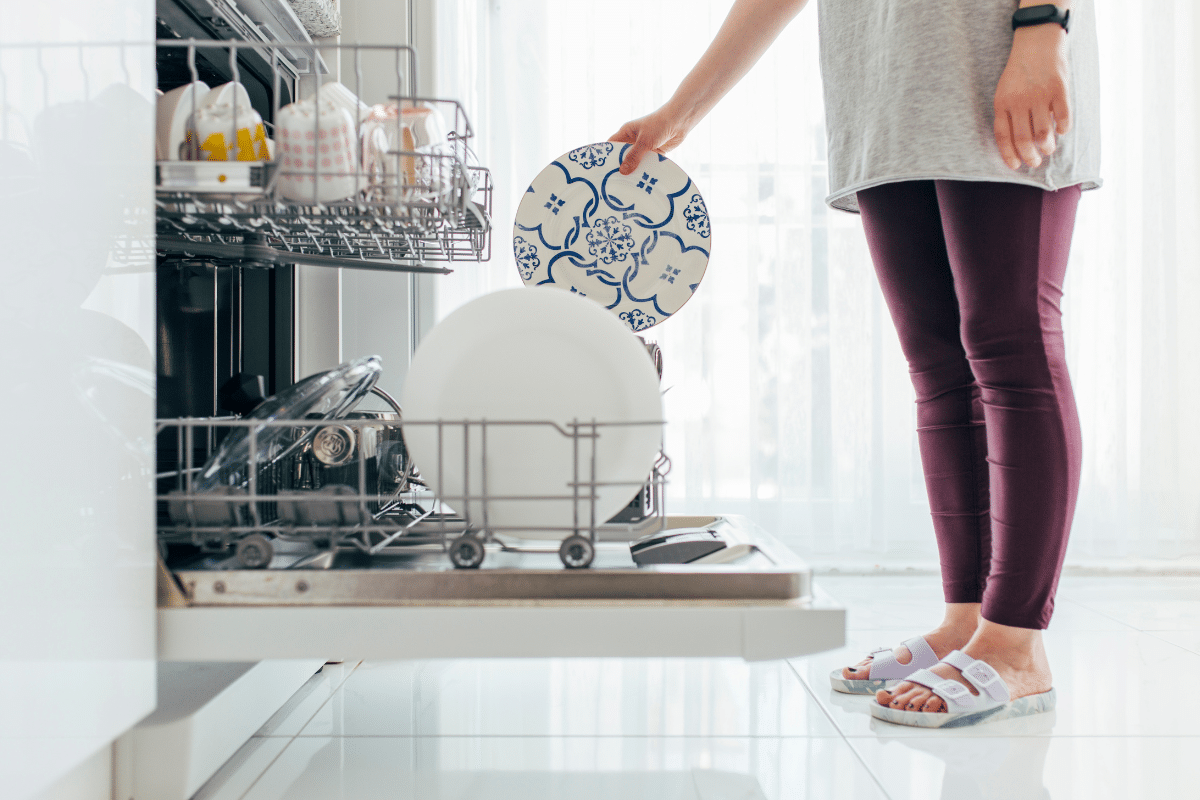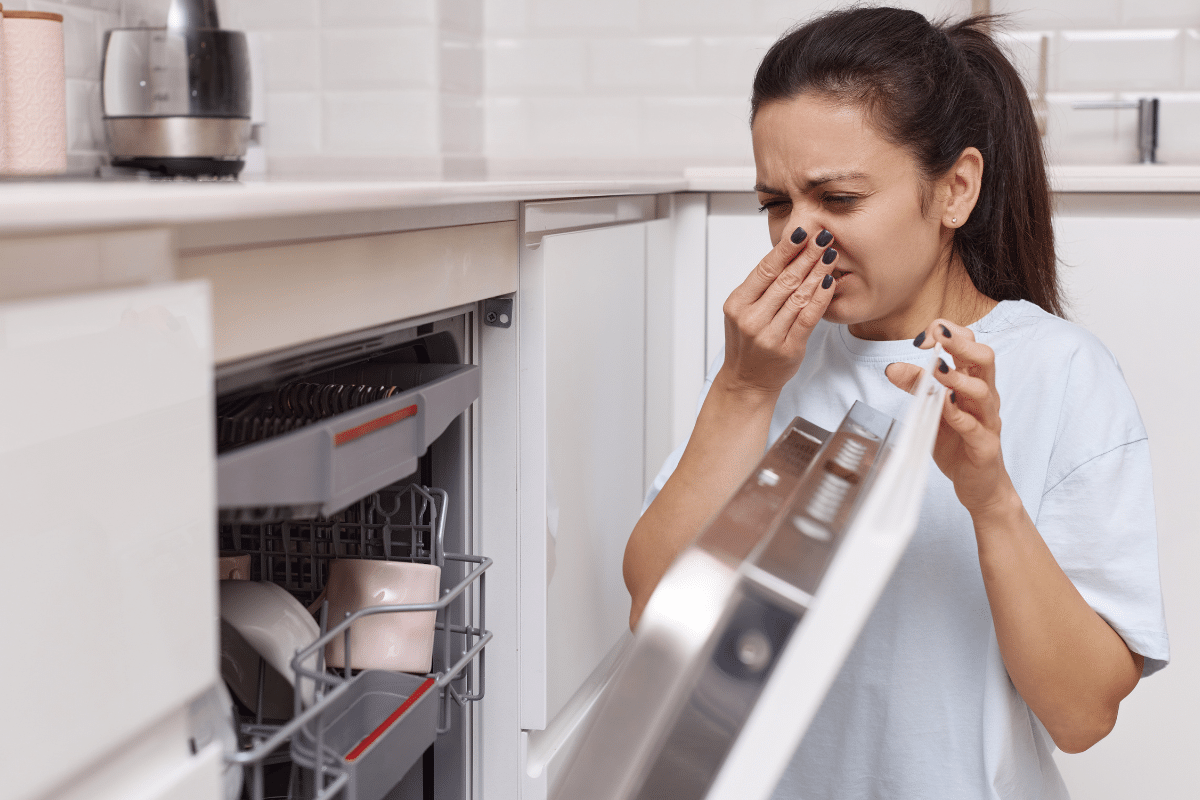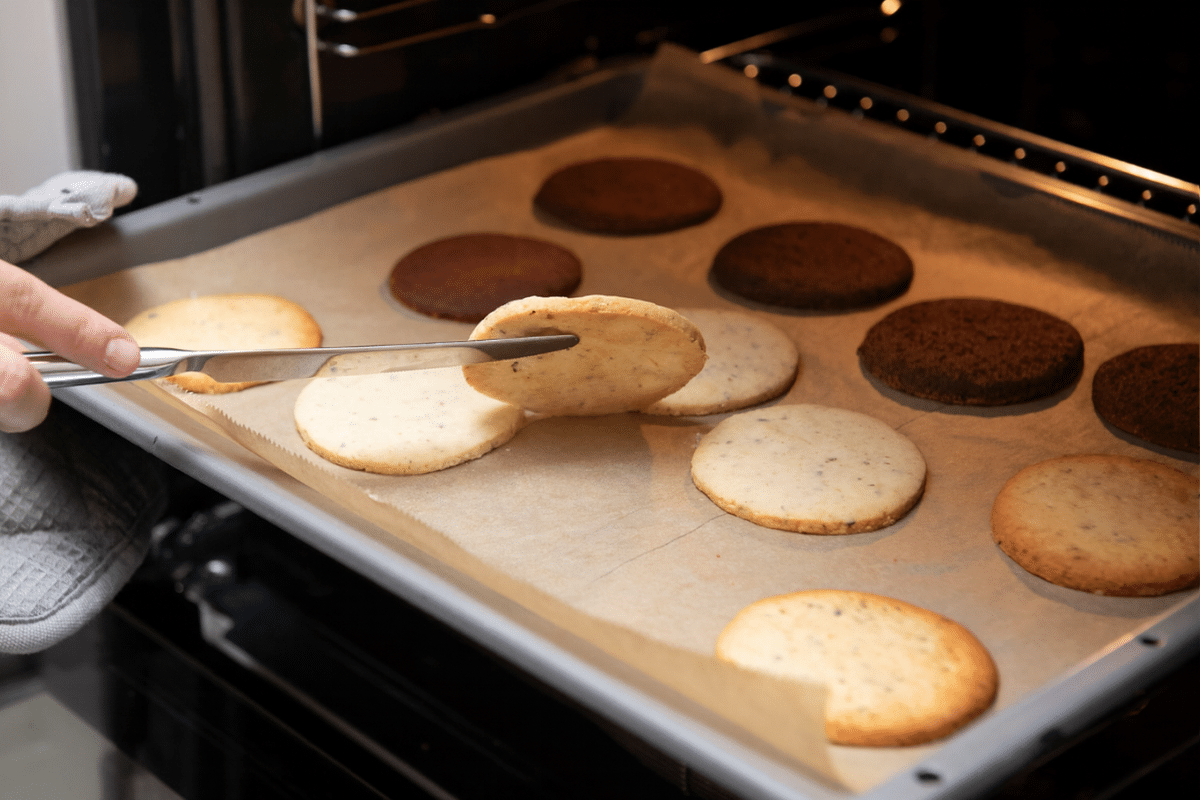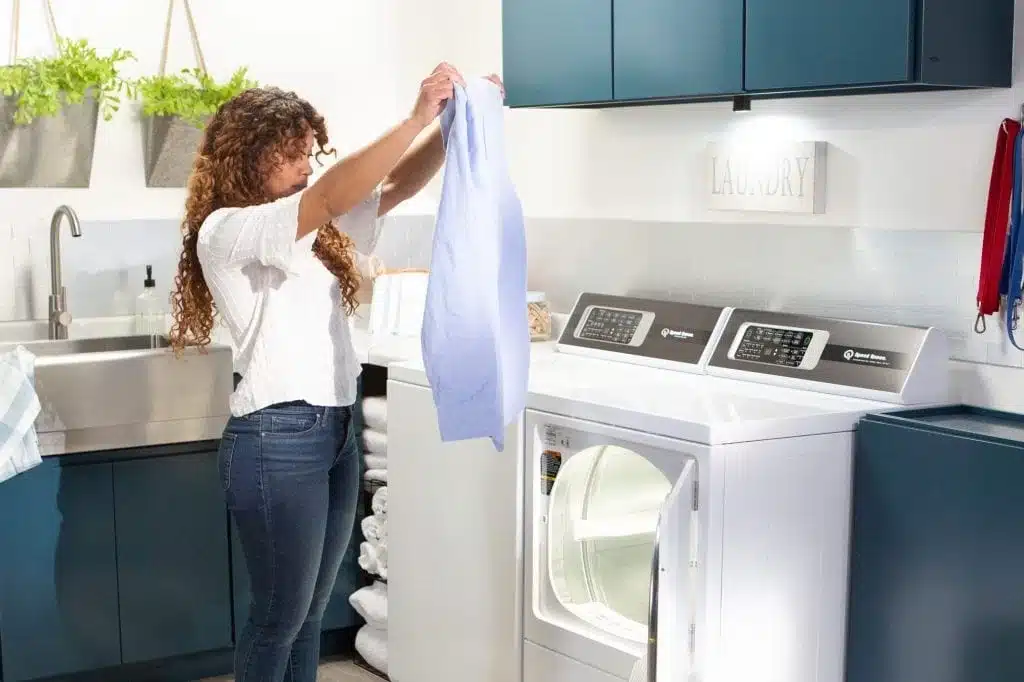Learning the best way to store leftovers is one of the simplest habits that can save you time, money, and frustration in the kitchen. Not only does proper food storage reduce waste, but it also keeps your refrigerator performing efficiently and your meals tasting as good as when they were first cooked.
Leftovers are a big part of modern meal prep. They make it easy to stretch your grocery budget, reduce daily cooking, and minimize waste. However, improper storage can cause food to spoil faster, create unpleasant odors, or even lead to appliance problems if your refrigerator is overworked. Knowing the best way to store leftovers helps prevent those issues and ensures both food safety and appliance longevity.
Best Way to Store Leftovers
The best way to store leftovers is not just about sealing containers and putting them in the fridge. It’s about understanding how food cools, how air circulates, and how your refrigerator manages temperature zones. These simple but important practices help preserve flavor and prevent spoilage while keeping your refrigerator running smoothly.
Here are seven practical, science-backed methods that truly make a difference.
1. Cool Food Before Refrigeration
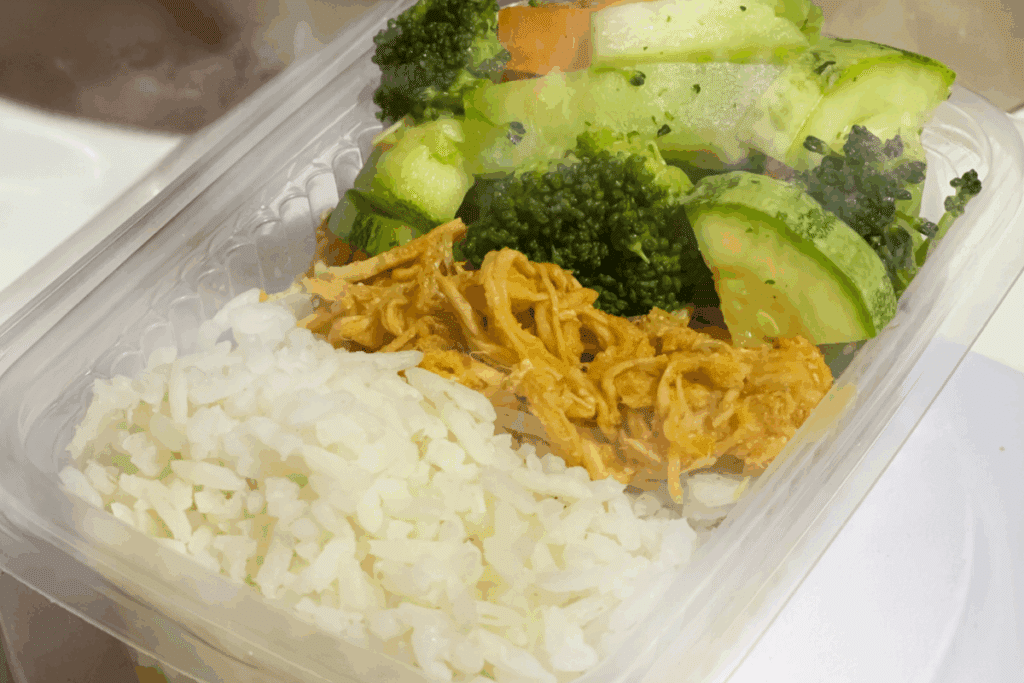
Putting hot food straight into the fridge can actually cause harm. When warm dishes go directly into cold storage, the refrigerator’s internal temperature rises. This forces the cooling system to work harder, creating temperature fluctuations that can affect other foods.
To protect both your meals and your appliance:
- Allow food to cool on the counter for 20–30 minutes before refrigerating.
- Use smaller portions so food cools faster and more evenly.
- Never leave food out for more than two hours to avoid bacterial growth.
Letting food cool slightly before refrigerating is one of the best ways to store leftovers safely. If your refrigerator struggles to maintain cool temperatures afterward, that may signal a performance issue.
2. Use Airtight, Shallow Containers
Choosing the right container is a major part of the best way to store leftovers. Shallow, airtight containers allow food to cool evenly and limit bacteria growth, which helps maintain freshness.
- Use glass or durable, BPA-free plastic containers with tight-fitting lids.
- Avoid deep dishes that trap heat and delay cooling.
- Label reusable containers so you can quickly identify what’s inside.
Airtight containers prevent odor transfer and help your refrigerator stay cleaner. When food smells linger even after cleaning, or if your fridge can’t seem to hold its temperature, it could indicate airflow problems or seal issues. Addressing those early helps prevent bigger cooling concerns later.
3. Label and Date Each Item
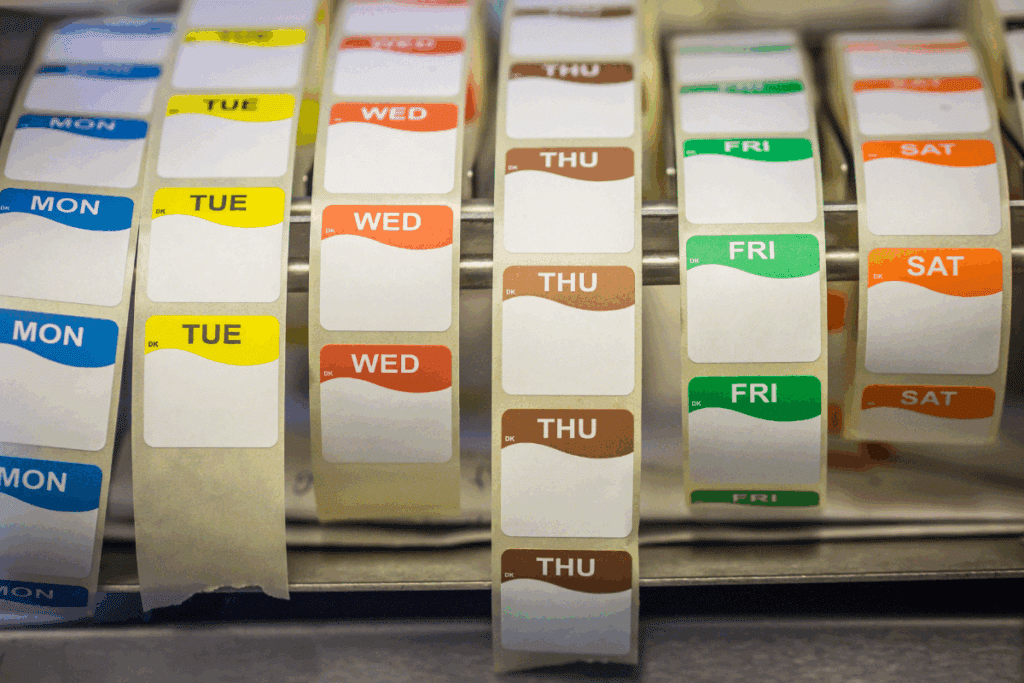
Even when you’ve found the best way to store leftovers, forgetting how long they’ve been sitting can undo your hard work. Labeling keeps your refrigerator organized and ensures meals are consumed while still being safe.
- Use masking tape or washable labels to mark each container with the date stored.
- Keep a small roll of tape and a marker near the fridge for convenience.
- Follow the “first in, first out” method: eat older items before new ones.
Most leftovers are safe for three to four days when stored at the correct temperature. Labeling helps prevent mystery containers from lingering in the back of the fridge where they’re forgotten, and sometimes discovered too late.
4. Store According to Refrigerator Zones
One of the best ways to store leftovers efficiently is to use the refrigerator’s built-in temperature zones correctly. Each section of the fridge maintains a slightly different temperature:
- Top shelves: Great for ready-to-eat foods, leftovers, and drinks.
- Middle shelves: Ideal for dairy and prepared meals.
- Bottom shelves: Coldest area, best for raw meats or foods needing maximum chill.
- Crisper drawers: Designed for fruits and vegetables that benefit from humidity control.
- Door shelves: Slightly warmer, suitable for condiments and beverages.
Storing food in the right place keeps temperatures stable and prevents cross-contamination. If you notice that leftovers are spoiling faster in certain spots, your refrigerator’s cooling system may not be circulating air evenly. You can read more about uneven cooling issues in our post on what to do if you have a Refrigerator not cooling.
5. Avoid Overloading Your Refrigerator
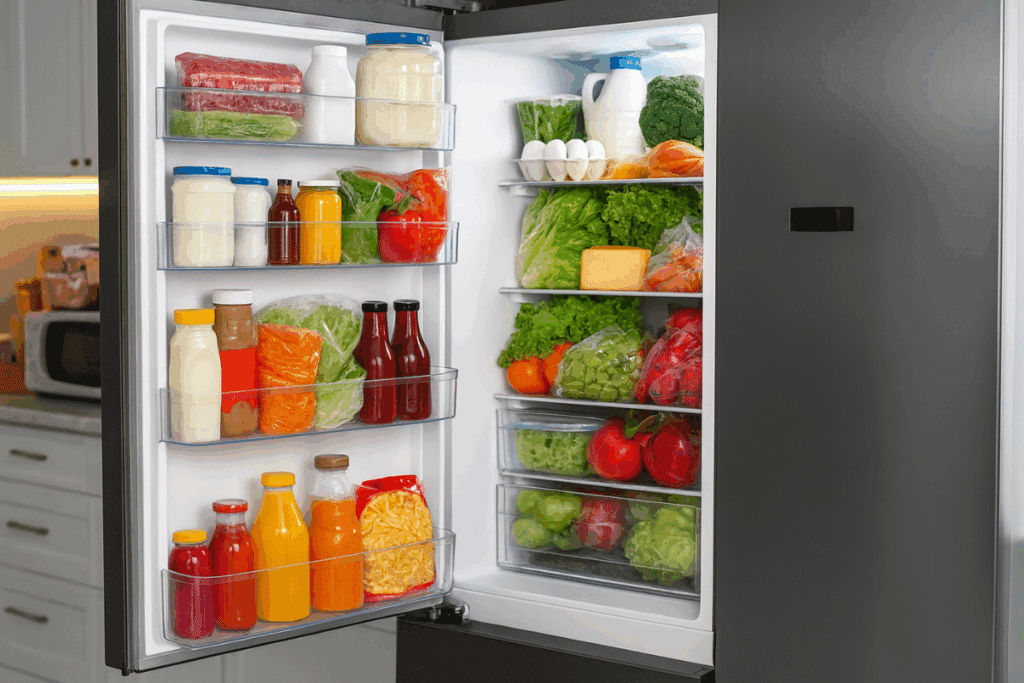
When the refrigerator is too full, cold air can’t circulate properly. This leads to warm spots where food spoils faster, even when you think you’ve found the best way to store leftovers.
To keep cooling consistent:
- Space containers apart so cold air can flow freely.
- Remove expired or unused food weekly to make room for new items.
- Combine smaller portions into one container to prevent clutter.
If you notice uneven cooling or a flashing warning on your control panel, it could be a sign of a larger issue. Many refrigerators display a service light when temperature sensors detect a problem. You can learn what this might mean in our article on Refrigerator has a blinking light.
6. Don’t Forget the Freezer
Sometimes the best way to store leftovers is in the freezer, especially for foods you won’t eat within a few days. Freezing preserves meals for weeks or even months when done correctly.
- Use freezer-safe containers or heavy-duty bags that protect against freezer burn.
- Remove as much air as possible before sealing.
- Label and date every package so you know when it was stored.
- Stack items flat to save space and allow faster freezing.
Most cooked dishes keep their quality for about two to three months in the freezer. Be sure to cool food completely before freezing. Sealing warm food creates condensation, leading to ice buildup and texture changes later.
If you notice frost forming unevenly or food not freezing properly, your appliance may need inspection. A technician can check for defrost cycle or temperature control issues that could affect food safety.
7. Keep Your Refrigerator in Peak Condition
Even if you master the best way to store leftovers, your refrigerator must perform consistently to maintain freshness. A well-maintained appliance keeps steady airflow, holds the correct temperature, and prevents bacterial growth.
Do these to keep your refrigerator in top shape:
- Clean the rubber door seals regularly to prevent air leaks.
- Wipe condenser coils every few months to boost efficiency.
- Maintain the internal temperature between 37°F and 40°F.
- Ensure vents aren’t blocked by containers or packaging.
- Schedule a professional inspection if you hear unusual noises or notice fluctuating cooling.
Over time, even high-end refrigerators can develop performance issues. Regular maintenance ensures both your appliance and your leftovers stay in optimal condition.
Practicing the best way to store leftovers goes beyond saving a meal. It protects your health and your investment. Spoiled food can harbor harmful bacteria, and inefficient refrigeration increases energy use and utility costs.
Local Residents in Coquitlam trust us for Appliance Repair in Coquitlam and get expert care and dependable refrigerator service. Keep your refrigerator performing at its best and ensure every meal stays fresh, safe, and ready to enjoy whenever you are.


























